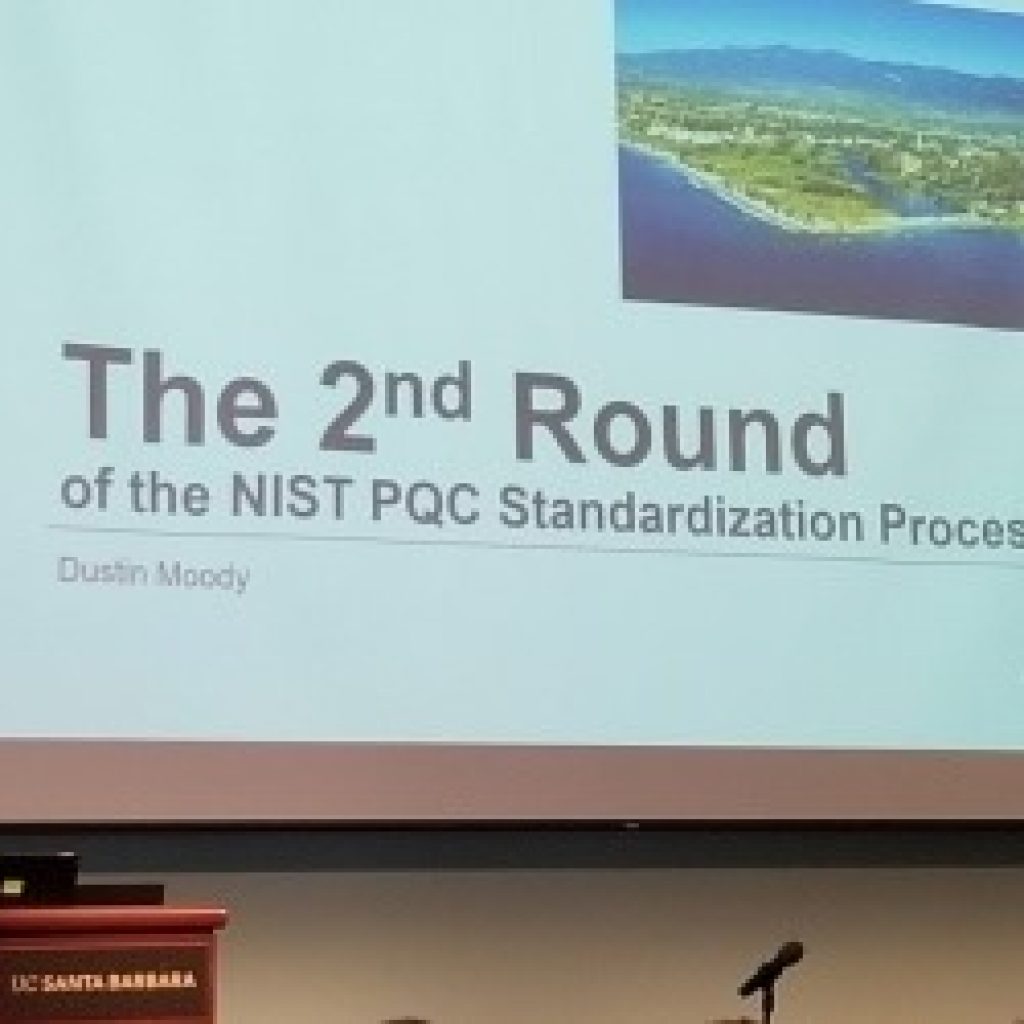(SpectrumIEEE) NIST has challenged researchers to develop a new generation of quantum-resistant cryptographic algorithms. Many experts don’t expect a quantum computer capable of performing the complex calculations required to crack modern cryptography standards to become a reality within the next 10 years. But the U.S. National Institute of Standards and Technology (NIST) wants to stay ahead by getting new cryptographic standards ready by 2022. The agency is overseeing the second phase of its Post-Quantum Cryptography Standardization Process to narrow down the best candidates for quantum-resistant algorithms that can replace modern cryptography.
NIST hopes these second-round candidates will evolve beyond mere proofs of concept and begin benchmarking tests. The stakes are high, given that a quantum computing breakthrough could threaten to undermine security for hundreds of billions of dollars in e-commerce alone—not to mention the trillions of dollars at risk in the broader digital economy.
The NIST challenge has brought together both academic researchers focused on theoretical work and tech industry experts familiar with real-world performance needs and security demands. The agency initially described it as a “competition-like process,” but seems eager to encourage a cooperative spirit among participants.
NIST plans to draft standards for post-quantum cryptography around 2022. But researchers have urged the agency to avoid rushing the process of vetting all the candidate algorithms. Their anonymous feedback came from a NIST survey that was shared at the end of the Second PQC Standardization Conference in August.
Second Round of NIST’s ‘Post-Quantum Cryptography Standardization Process’ Underway
